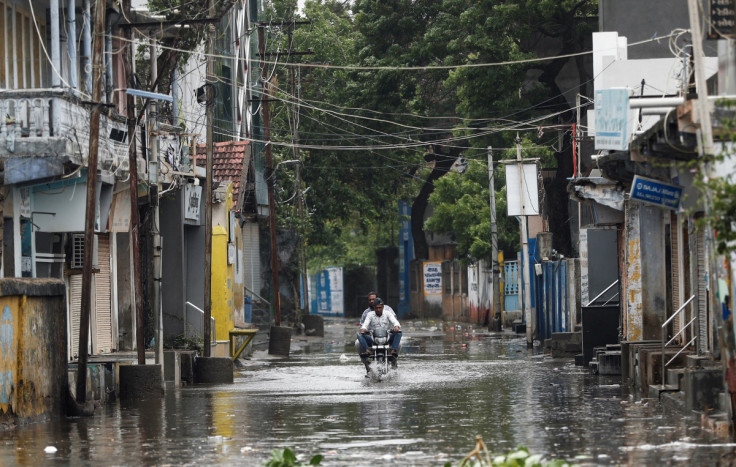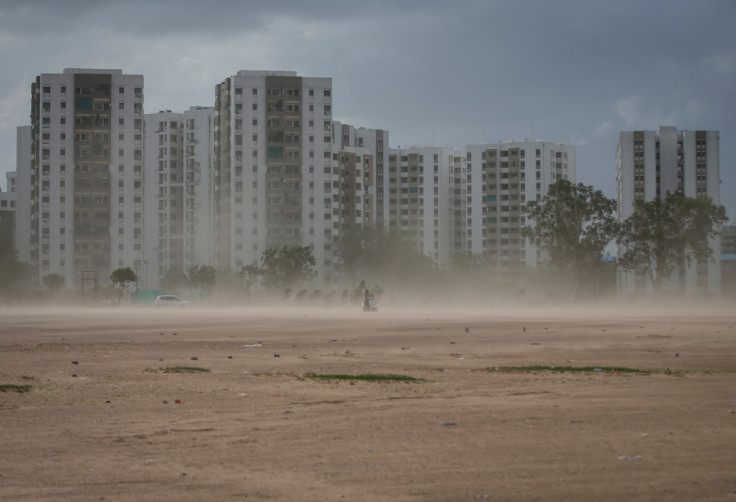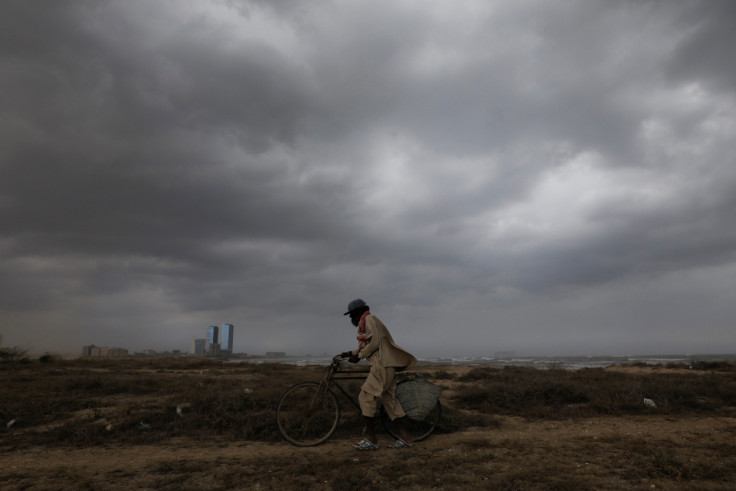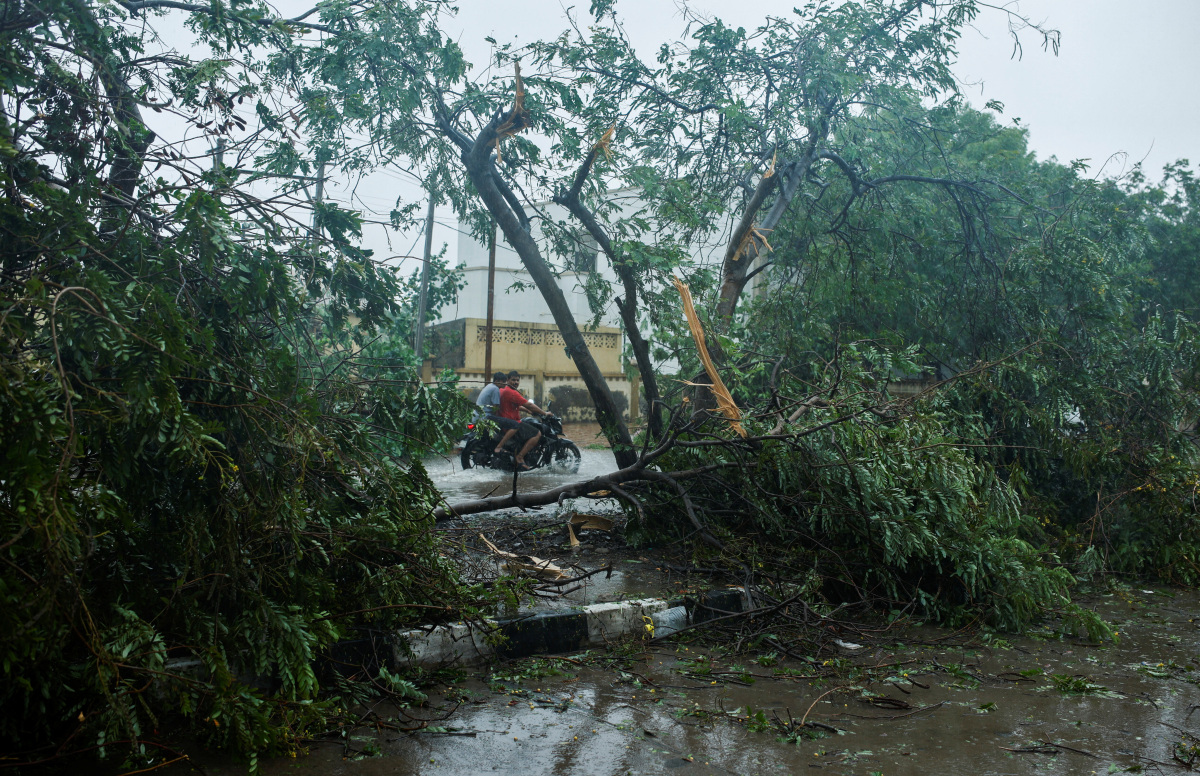Reuters
Roofs were blown off houses and trees and electric poles uprooted, leaving thousands without power as a severe cyclone made landfall and rain lashed both the Indian and Pakistani coasts early on Friday.
At least two people died in India’s western state of Gujarat after being swept away by flood waters just before the cyclone hit.
More than 180,000 people were evacuated in India and Pakistan in the last few days as authorities braced for the cyclone, named Biparjoy, which means ‘disaster’ or ‘calamity’ in the Bengali language.
It made landfall late on Thursday near Jakhau, a port in Gujarat that is close to the border with Pakistan, weather officials said.
Biparjoy had weakened to a cyclonic storm from a severe cyclonic storm on Friday morning, India’s Metereological Department said in its latest bulletin, with speeds going down from 105 km (65.24 miles) to 85 km (52.82 miles). Wind speeds are likely to reduce further by afternoon, the bulletin said.
Two men, both shepherds, died while trying to rescue their cattle from being swept away during heavy rains and floods in Gujarat’s Bhavnagar district on Thursday evening, the cyclone control room said.
Power was disrupted at many places in the Kutch district of Gujarat because of strong winds, said Amit Arora, a top district official overseeing rescue operations.
In neighbouring Pakistan, the cyclone had no major impact, with rain reported in some parts of the southern metropolis of Karachi, which was on high alert.
Pakistan’s weather department advised local authorities to remain on alert for expected heavy rain in some coastal areas until Saturday.
Gale-force winds caused hundreds of trees to be uprooted in the coastal areas of Gujarat, and heavy rains led to electricity poles being damaged, causing thousands to be without power on Friday, local officials said.
India’s weather department warned of heavy to very heavy rainfall in Gujarat and the neighbouring state of Rajasthan through Friday. Pakistan’s weather department said moderate to heavy rain was expected in the Hyderabad, Nooriabad and Thatta regions.
Biparjoy weakened after hitting land with a wind speed of 85 km per hour (53 miles per hour) to 115 kmph (71 mph) Mrutyunjay Mohapatra, director general at the India Meteorological Department said earlier on Friday.
Local television showed visuals of uprooted trees, people sheltering against strong winds and debris lying on roads in the aftermath of the cyclone.
Biparjoy was classified as a category one storm, the least severe on a scale of one to five.
The government had directed all offshore oil installations to ensure the immediate return of all staff to land and advised ports to also take preventive action, but there was no word on how the landfall had affected operations, if at all.

Reuters

Reuters

Reuters






